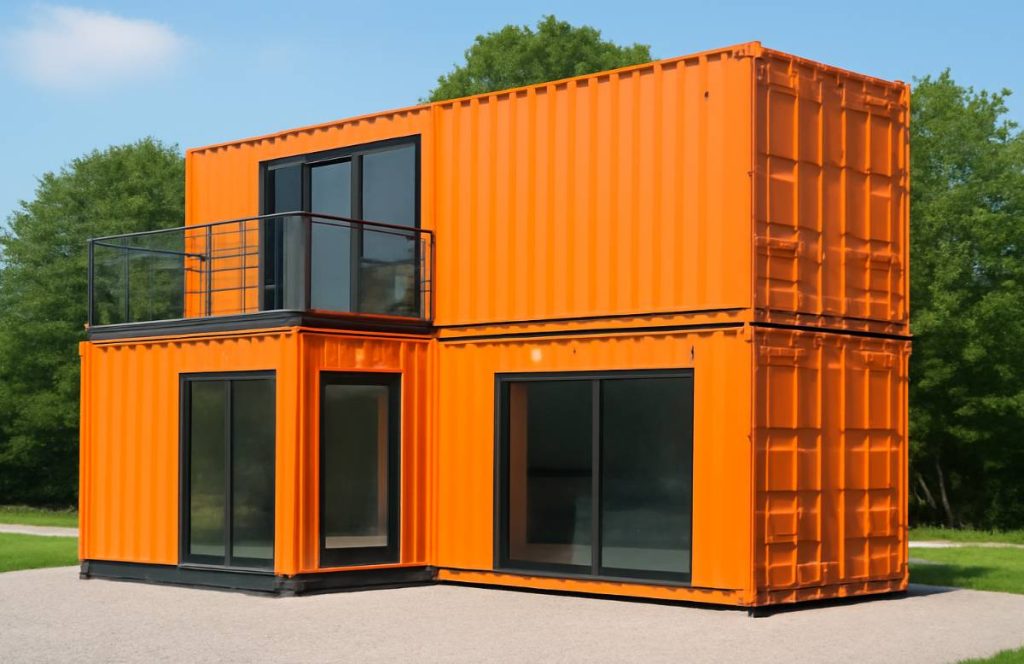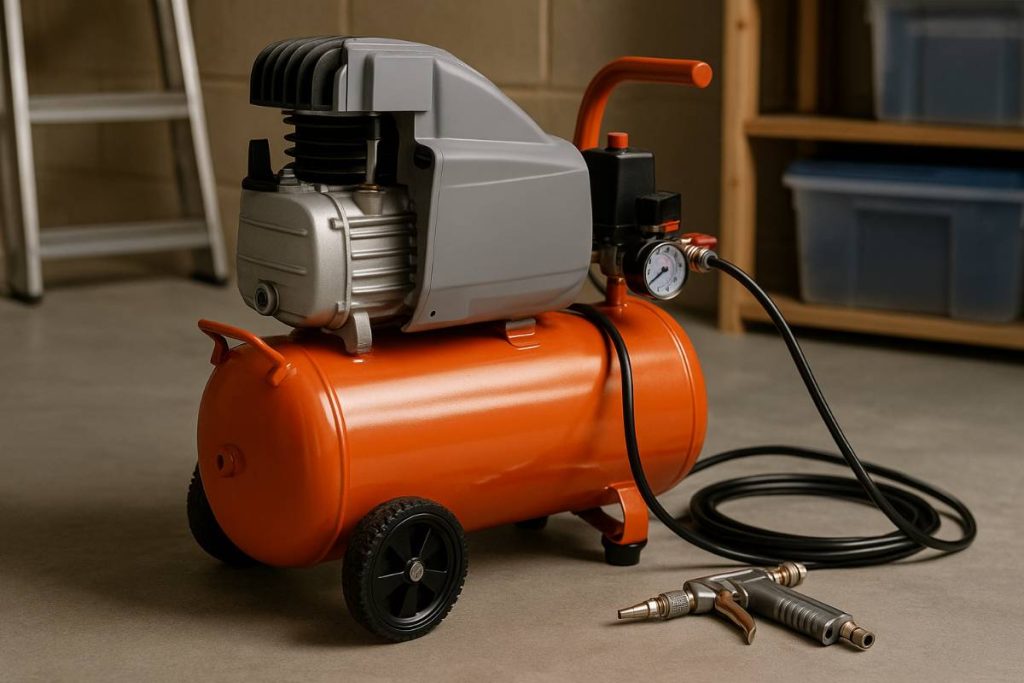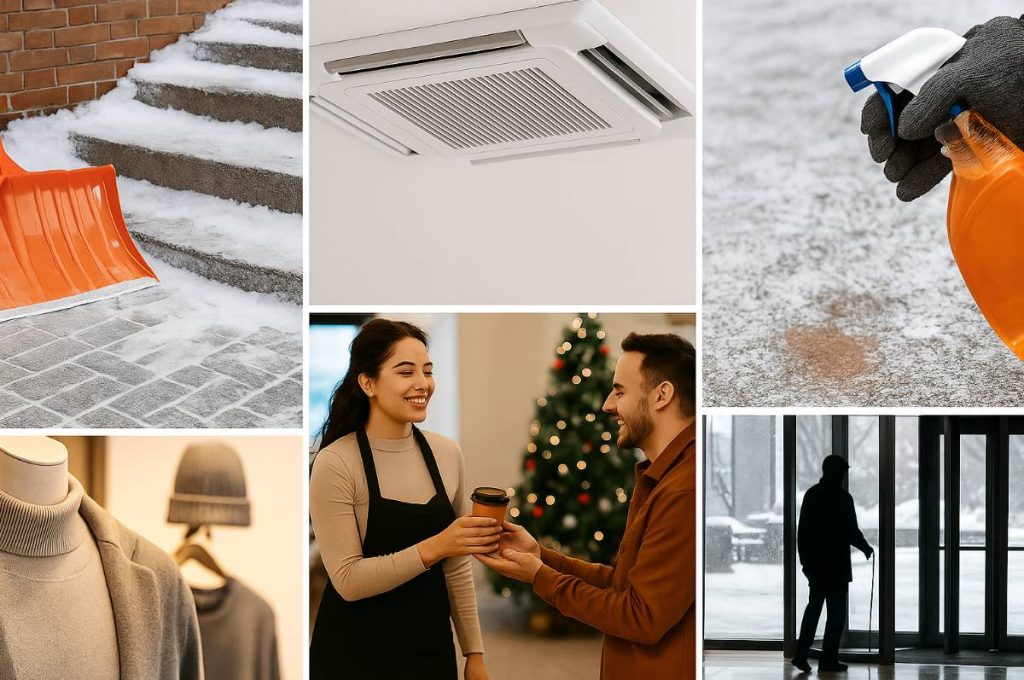Steel boxes. Once the backbone of global trade, now the foundation for some of the most innovative building projects on the planet. Shipping containers have become the go-to material for architects, small business owners, urban planners, and DIY enthusiasts alike. Why? They’re durable, stackable, mobile, weather-resistant, and surprisingly affordable.
What started as a practical storage solution has evolved into a canvas for bold ideas. From micro-hotels to modular farms, here are 15 real-world ways people are pushing the limits of container design — far beyond storage and shipping.
Companies like Universal Containers have made it easier than ever to access high-quality, modifiable shipping containers ready for creative conversion — whether you’re building a home office or a pop-up café.
1. Container Homes
Arguably the most well-known adaptation, container homes are becoming increasingly popular as an alternative to traditional housing. They’re ideal for:
- Urban infill housing
- Backyard ADUs (accessory dwelling units)
- Off-grid or eco-conscious living
Modular by nature, these homes can start with a single unit and expand over time, making them a favourite among first-time buyers, downsizers, and minimalist lifestyle fans.
2. Pop-Up Shops and Retail Spaces
Containers are perfect for short-term or mobile retail concepts. Brands use them as:
- Seasonal shops in high-footfall zones
- Launch pads for new product lines
- Market stalls with a permanent feel
They lock up securely at night, can be branded easily, and offer a strong physical presence without the overhead of a brick-and-mortar lease.
3. Mobile Cafés and Coffee Bars
Small footprint, big potential. Container-based cafés bring industrial charm to:
- Street corners
- Festivals
- Campus quads
Whether serving espresso or craft toasties, these spaces are fast to fit out and quick to get operational. Great for first-time hospitality entrepreneurs.
4. Office Pods and Remote Work Studios
Need a quiet space to focus that isn’t your kitchen table? Backyard container offices are now a staple in the work-from-home revolution. With insulation, soundproofing, and a bit of design, they can outperform a traditional extension in:
- Speed
- Cost
- Flexibility
5. Classrooms and Learning Spaces
In areas where schools are overcrowded or disaster-struck, containers offer a fast and safe solution. Modular classrooms are now used in:
- Developing countries
- Earthquake zones
- Rural communities without permanent school buildings
They’re stackable, insulated, and easier to deliver than prefabricated buildings.
6. Community Hubs or Libraries
Shipping containers have been reimagined as:
- Pop-up libraries
- Tech labs
- Maker spaces
These spaces often include internet access, reading zones, and equipment for skill-building. Because they’re mobile, they can move as community needs shift.
7. Art Galleries and Exhibition Spaces
Artists and curators are turning containers into:
- Experimental showrooms
- Immersive installations
- Traveling exhibits
The industrial shell provides a blank, durable canvas — and the cost is a fraction of traditional gallery space.
8. Music Studios or Podcast Booths
Creative pros need quiet. Containers, when soundproofed, can be transformed into fully functional studios for:
- Recording artists
- Voiceover professionals
- Podcasters
They’re especially popular among creators who don’t want to rent studio time or disturb the neighbours.
9. Emergency Housing or Crisis Shelters
When speed is critical, shipping containers offer a lifesaving solution. NGOs and governments have used them in:
- Refugee camps
- Post-earthquake housing
- Conflict zones
They’re strong, stackable, and can be outfitted with basic plumbing and electricity in days.
10. Restaurants and Street Food Hubs
Why stop at a café? Entire restaurants are being built from containers. Examples include:
- Two-story dining spaces
- Clustered food courts made from multiple units
- Container kitchens paired with open-air seating
Popular in redevelopment zones, container food hubs bring style and speed to startup dining.
11. Gyms and Fitness Studios
From yoga spaces to weightlifting rooms, containers are being kitted out with:
- Mirrors and rubber floors
- Equipment storage
- Lockable doors for security
They’re used in pop-up parks, urban wellness centres, and even as mobile fitness vans.
12. Urban Farming and Hydroponics
Inside a single 40ft container, you can grow:
- Microgreens
- Lettuce and herbs
- Small fruiting plants
These self-contained farms are perfect for:
- Urban food deserts
- Rooftop gardens
- Year-round indoor growing
13. Portable Bathrooms or Showers
For festivals, remote work sites, or humanitarian relief, modified containers serve as:
- Gendered toilet blocks
- Hot shower units
- Accessible hygiene stations
With proper plumbing and heating, they offer dignity and sanitation where it’s needed most.
14. Boutique Hotels or Guest Cabins
More than just glamping, containers are now used for:
- Airbnb units in scenic locations
- Off-grid eco-lodges
- Compact urban hotels
Think Scandinavian-style interiors, floor-to-ceiling windows, and private decks — all built within a steel box.
15. Secure Tool or Equipment Lock-Ups
On construction sites, at festivals, or in agriculture, containers keep gear safe. They can be:
- Partitioned for separate teams
- Lined with shelving and racking
- Equipped with ventilation or solar lighting
Whether you’re storing stage kit or shovels, it’s hard to beat steel when it comes to peace of mind.
Conclusion: Limitless Possibilities in a Steel Box
If it can be imagined, it can probably be built into a container. From pop-up businesses to sustainable living, shipping containers are rewriting the rules of space, function, and mobility. They’re not just a shortcut or a trend — they’re part of a larger shift toward modular, flexible, and efficient design.
Whether you’re an architect, entrepreneur, or DIY weekend warrior, the right container could be the foundation for your next big idea.





